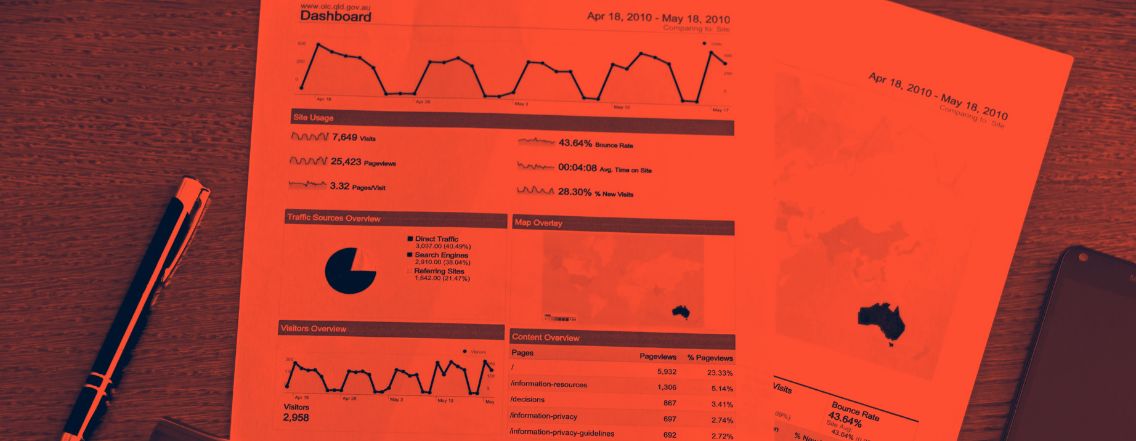How to create a payment schedule ? It is essential to balance the interests of the business with customer satisfaction.
To create a payment schedule, you need to consider both the theoretical aspect, designing a written document listing the upcoming payment deadlines, and the practical aspect, implementing these payments.
You can create payment schedules for your clients yourself or use a payment service provider that can automatically generate effective and high-quality schedules.
The goal is to minimize the risk of non-payment and meet the client’s expectations. SlimPay can guide you in developing a payment schedule.
What is the purpose of a payment schedule?
In the context of sales, a payment schedule lists the various bank payments that need to be made on predefined dates; it acts as a payment calendar.
Several situations may lead to issuing a payment schedule. When a merchant offers payment in installments with or without fees, generating a schedule is necessary.
For the business, it helps track the completion of various payments, and for the client, it helps anticipate the SEPA direct debits that will be made from their bank account.
In the case of a subscription, annual or monthly debits will be made, and once again, the payment schedule will help all parties involved track the smooth execution of financial transactions.
The schedule can also be useful in cases of payment incapacity, as it can help set up a debt repayment plan.
Typically, a payment schedule includes the dates when payments are due, the amount owed for each installment, and the status of the action. The payment status might be, for example, “to be executed” or “executed.”
In all cases, it allows both the business and the client to keep track of payments, whether they are automatically processed by the bank, managed by the business (through the collection of deferred checks), or initiated by the client themselves.
The importance of offering a payment schedule to a client
Offering a payment schedule to a client is not an option that professionals can use sporadically. It is important for businesses to offer this payment method regularly.
For a subscription, it is crucial for the business to ensure that the client continues their commitment, and for the client to be able to view the monthly debits. Indeed, as soon as a payment failure occurs, the business must quickly organize recovery to avoid jeopardizing its cash flow.
Offering installment payments can increase the professional’s conversion rate, and in the case of debt, requesting payment in various installments increases the chances of receiving the money owed by the client.
This avoids the need for legal procedures, which often result in wasted time and money, and strengthens the trust between the merchant and their customers.
How to obtain a client payment schedule template?
There is no standard client payment schedule template. Each business can design its own format, which is very important since this document reflects the seriousness of the business and influences the client’s trust.
A professional can create their own schedule using Excel. For a more customized and professional layout, you can also use specialized software for creating schedules.
For recurring payments, SlimPay allows professionals to track received amounts in real-time through automatic schedule generation.
The schedule includes the reference associated with the client, the amount due, the payment date, and its status. With the intuitive Dashboard provided to each business, they have direct and simplified access to their payments.
Moreover, SlimPay’s solution, SlimCollect, ensures an initial bank-to-bank payment and then continues with a schedule. For the first debit, the client no longer needs to enter their IBAN; they can directly validate their payment on their banking app. The advantage for the merchant is that all payments are irrevocable.
SlimCollect thus helps avoid revenue losses. For subsequent recurring payments, a schedule is automatically generated via SlimCollect, and overdue payments are quickly recovered through a payment link.
Read also :
→ PSD1: what is it all about ?
→ PSD2: What is the impact on online payments ?
→ Payment data and GDPR: How can your customers be protected?
→ Online payment: how do you manage the risk of fraud ?
→ IBAN fraud What can merchants do to prevent fraud ?




